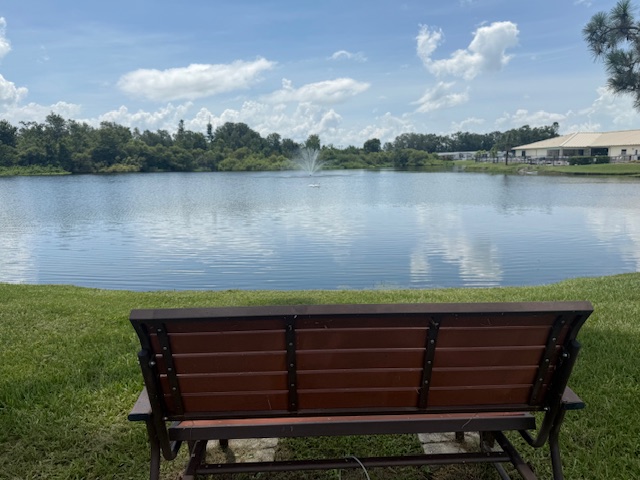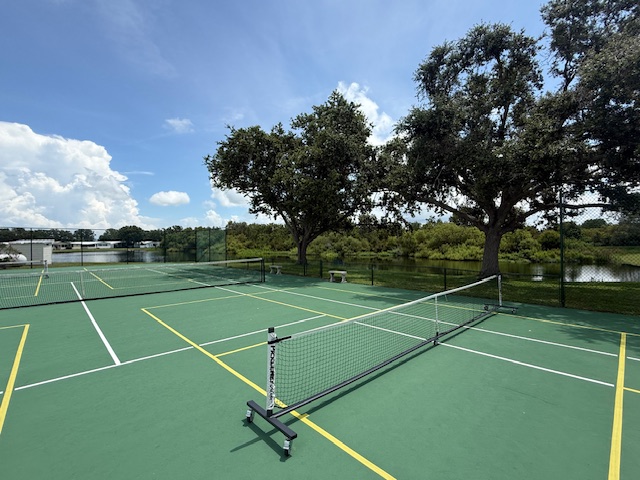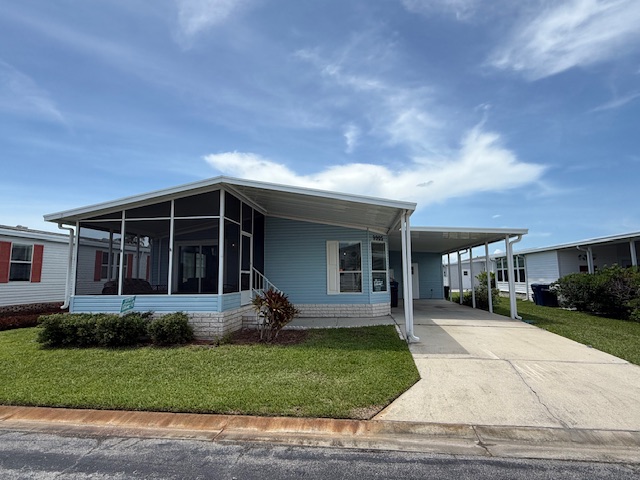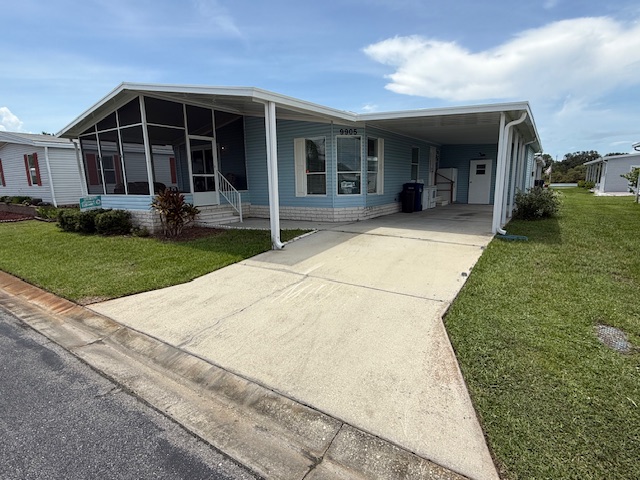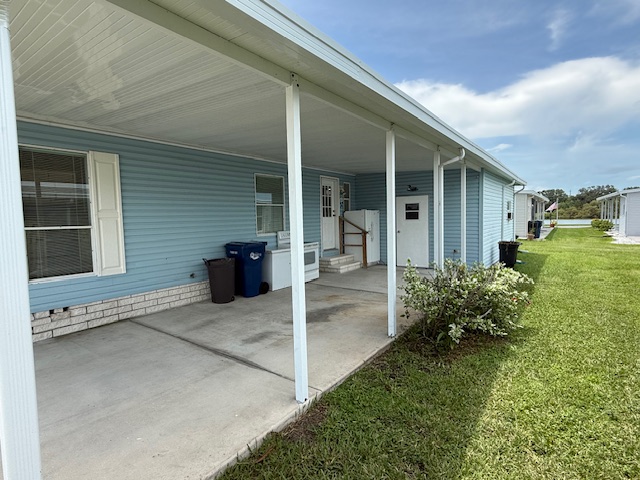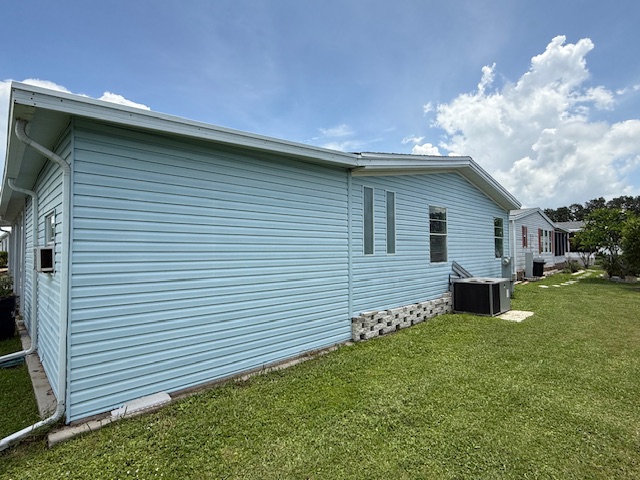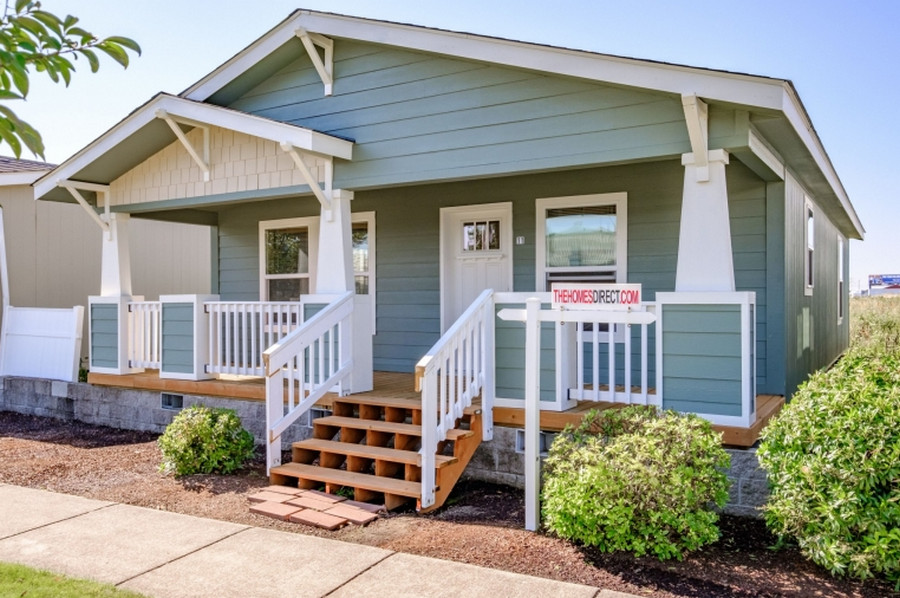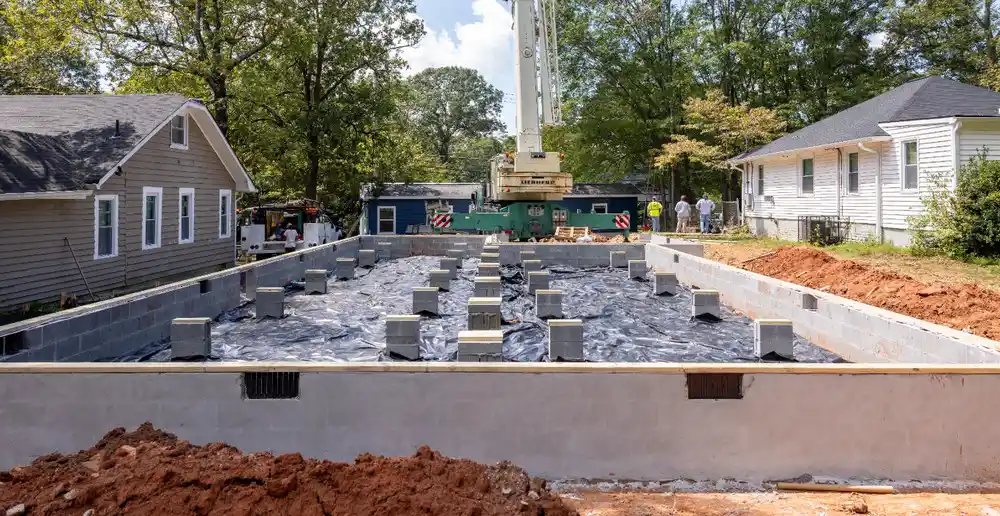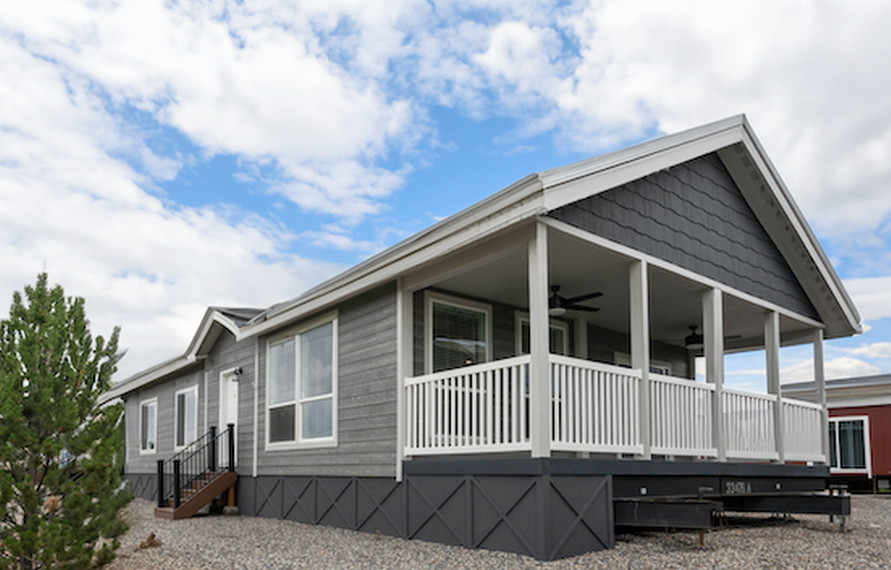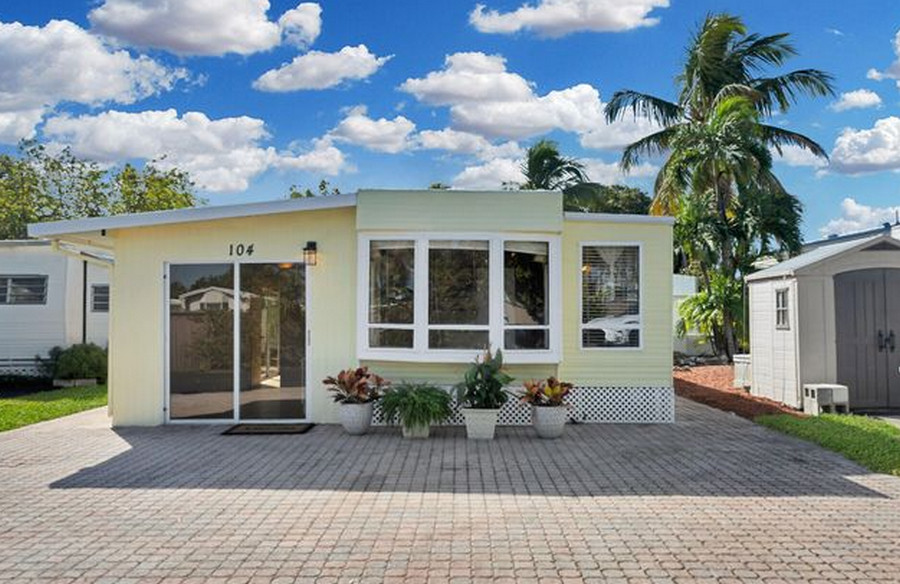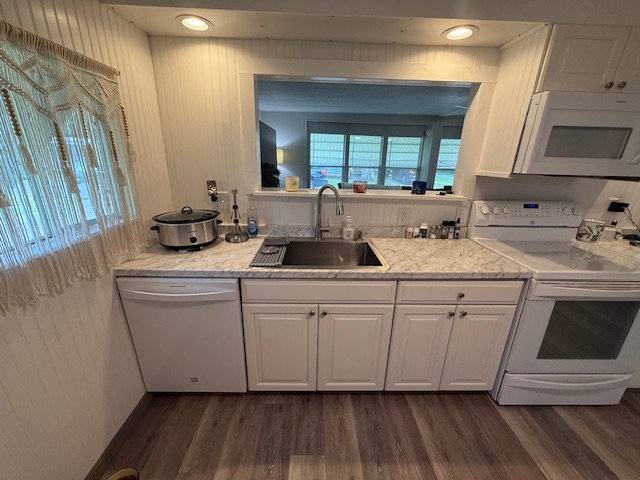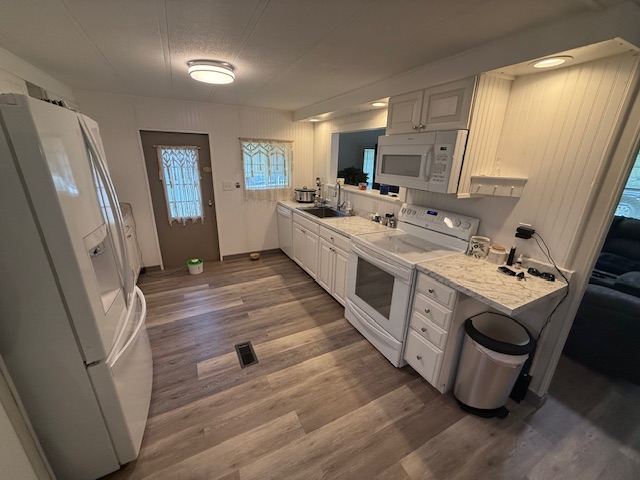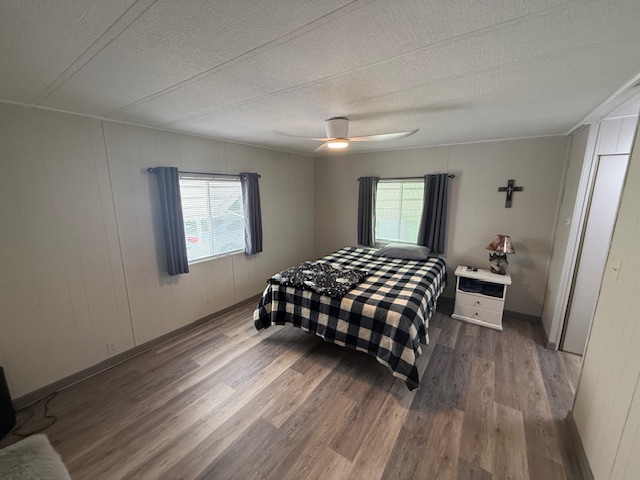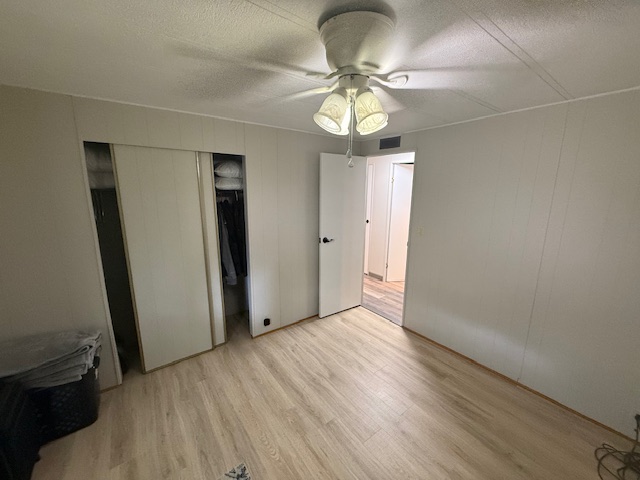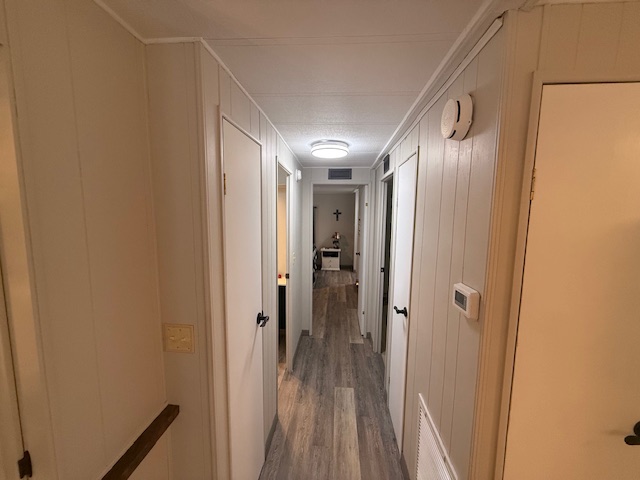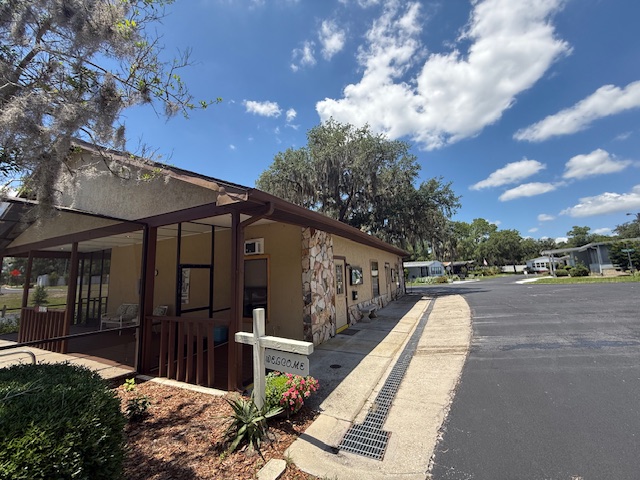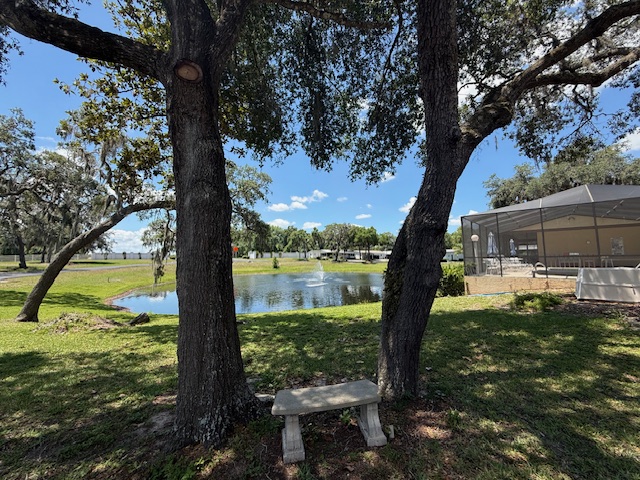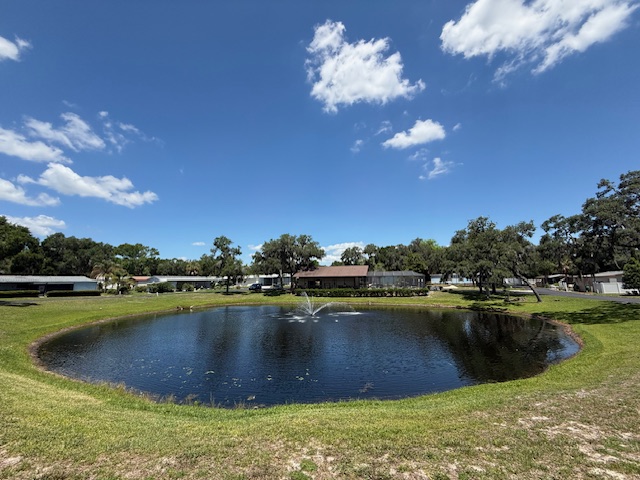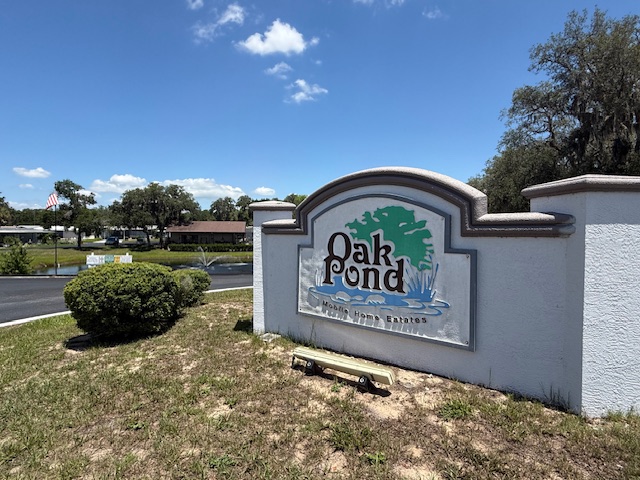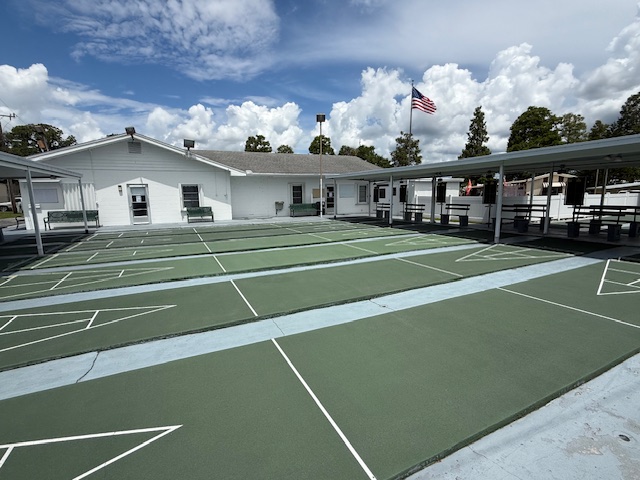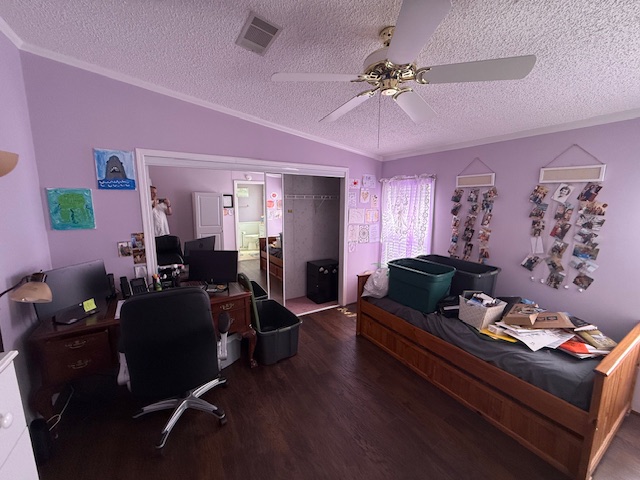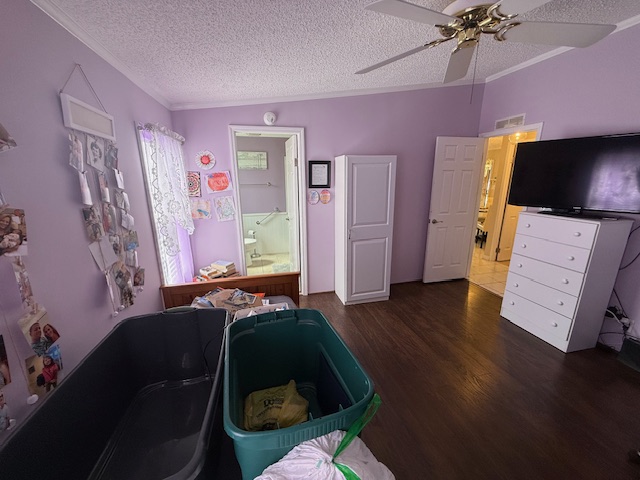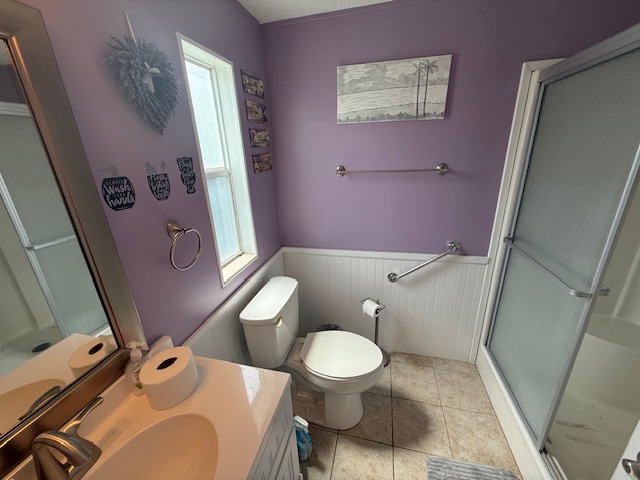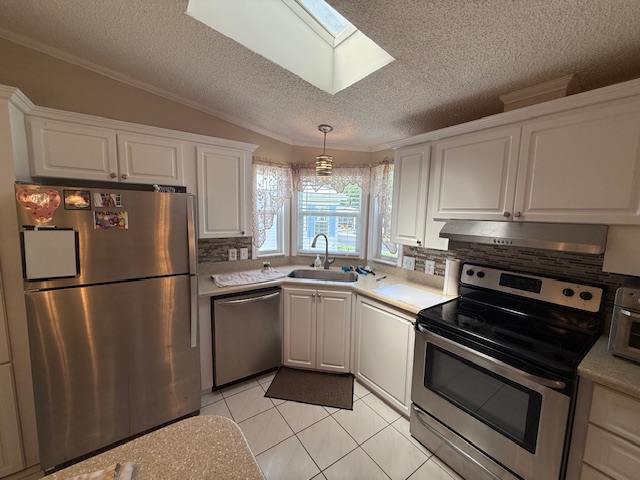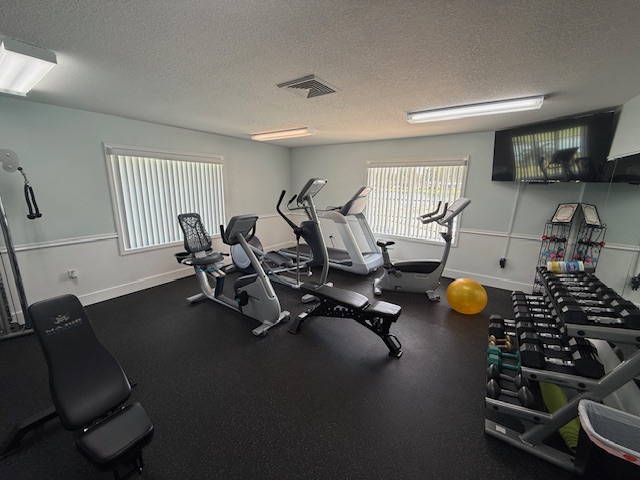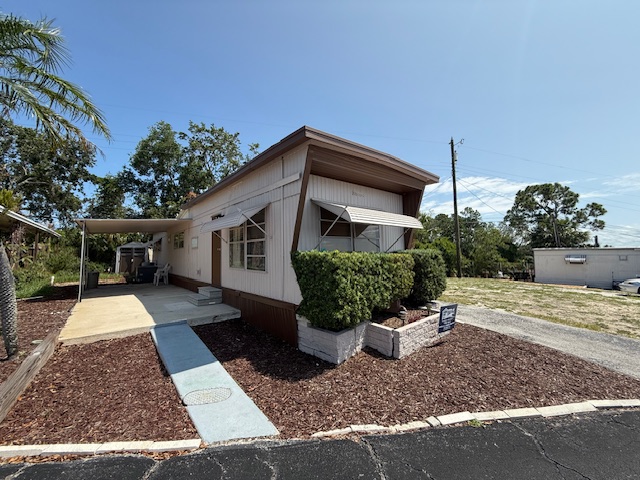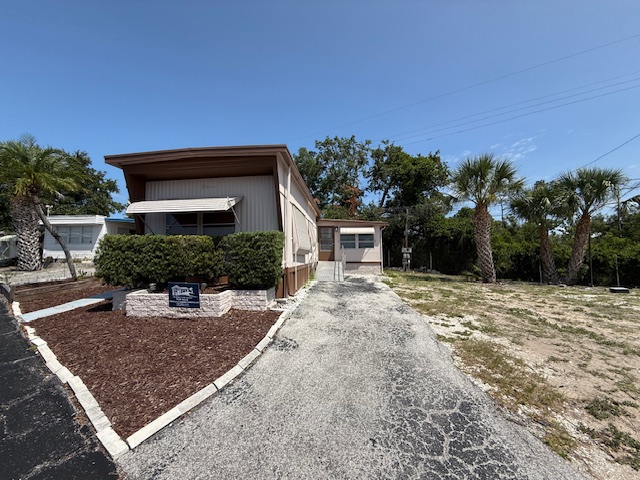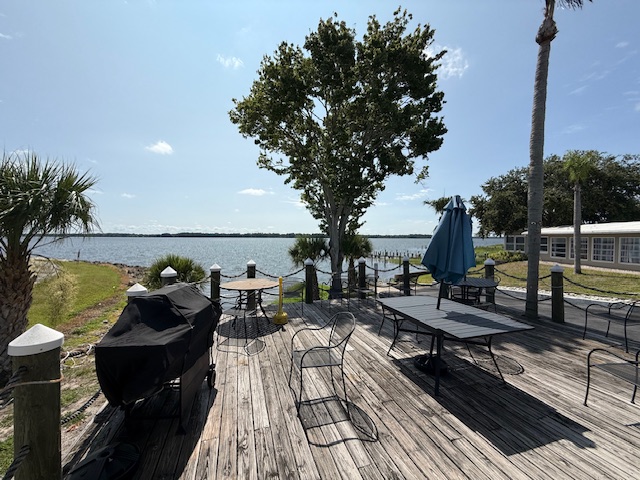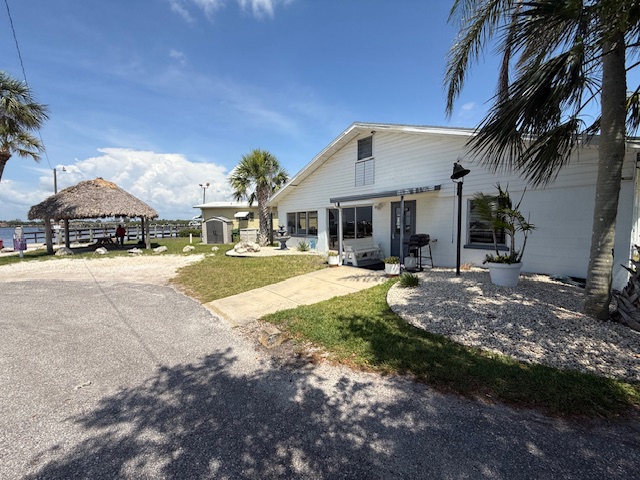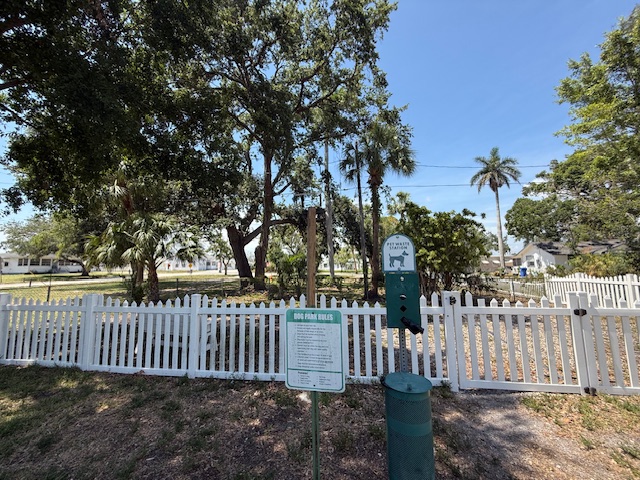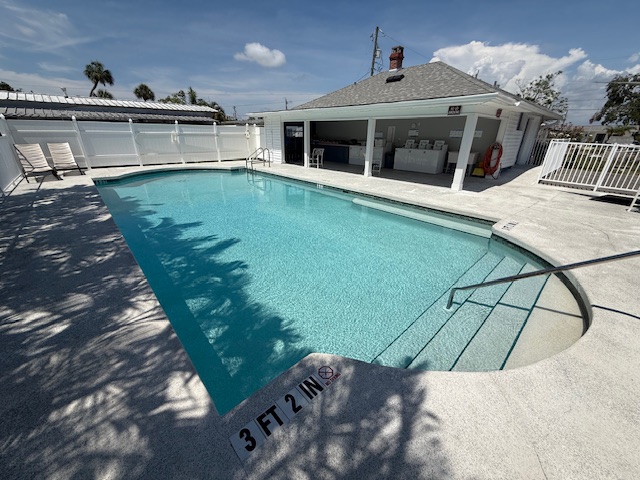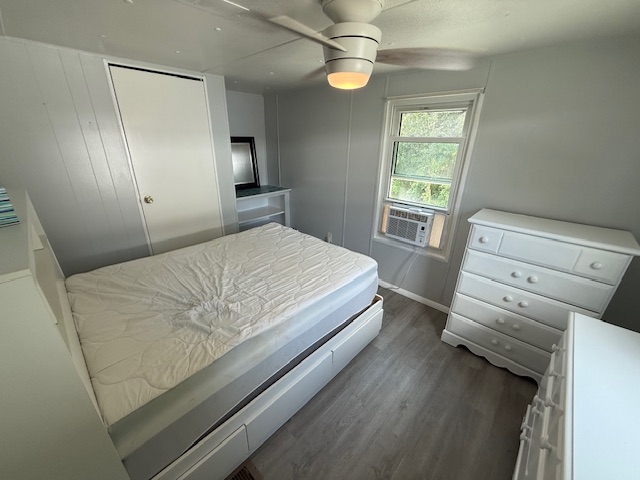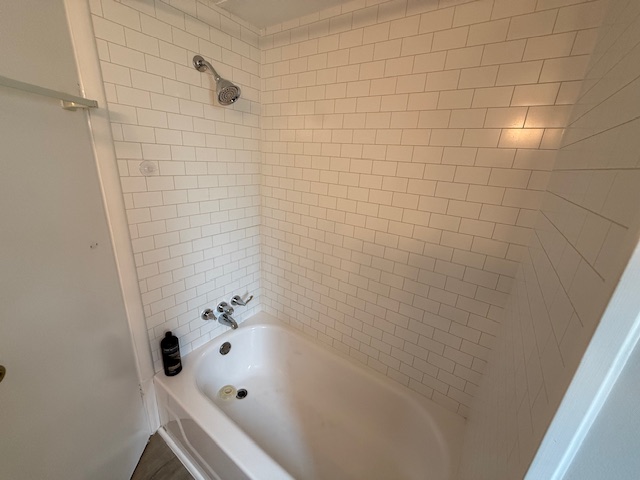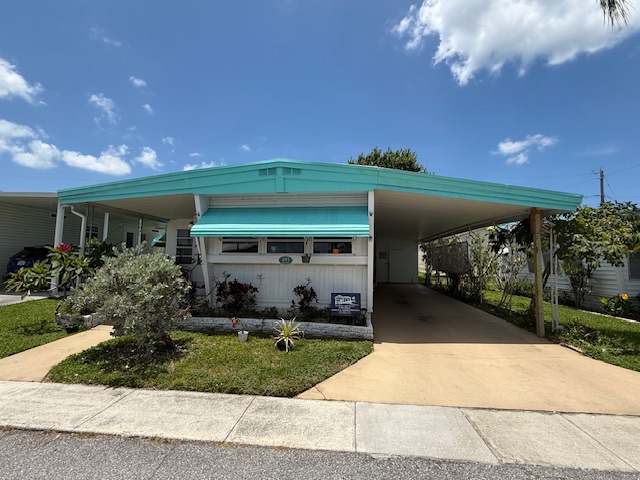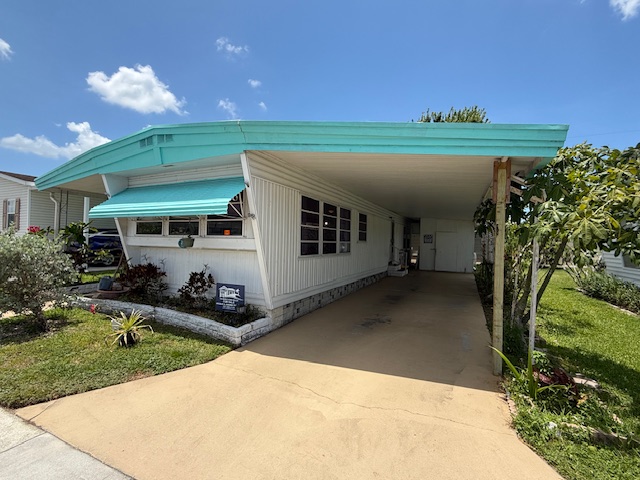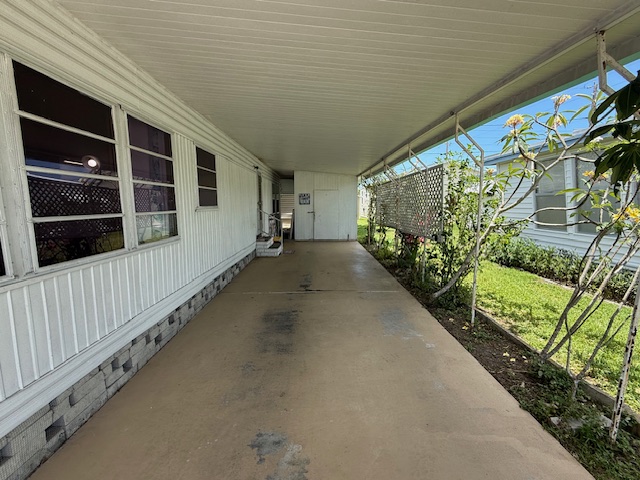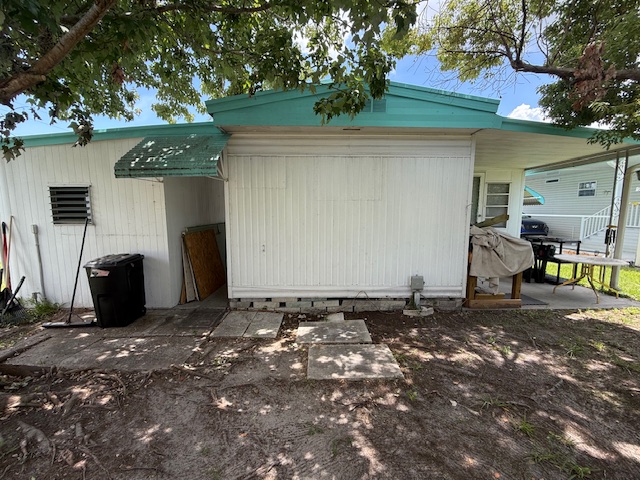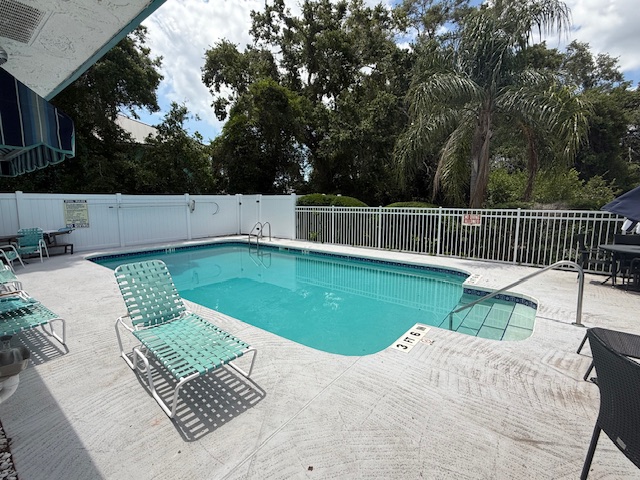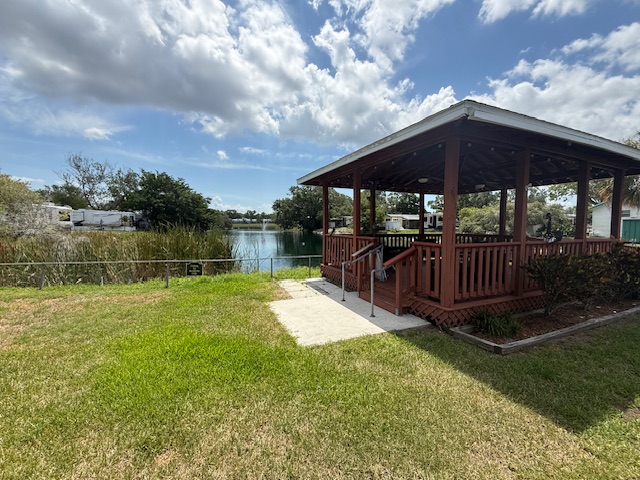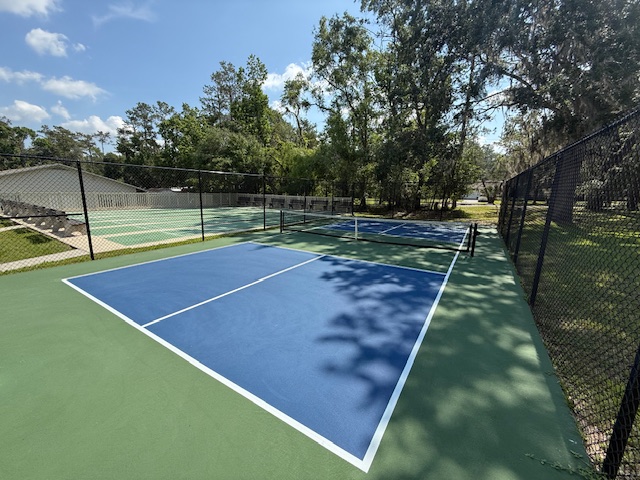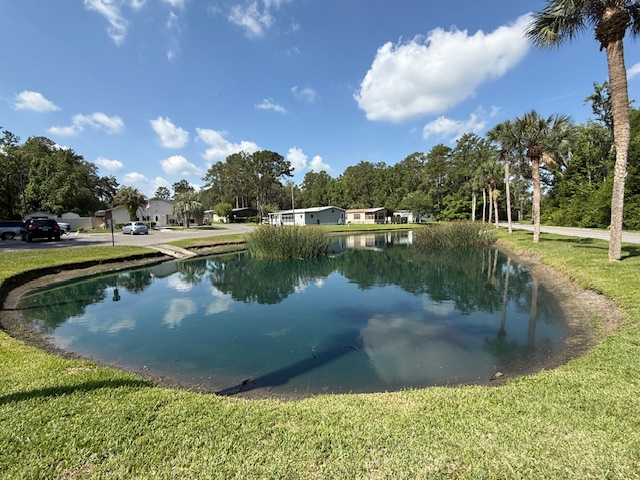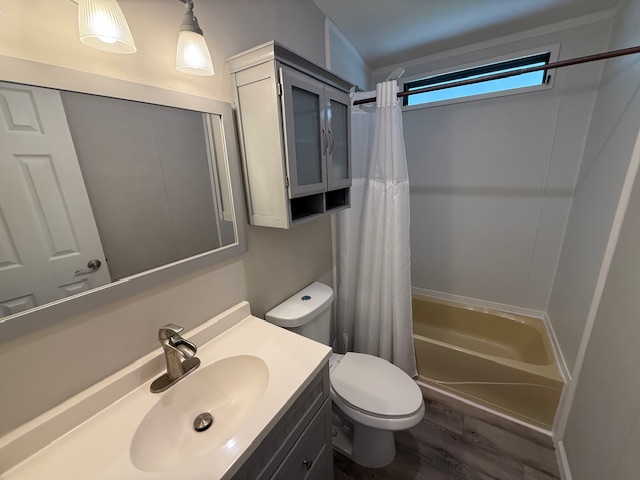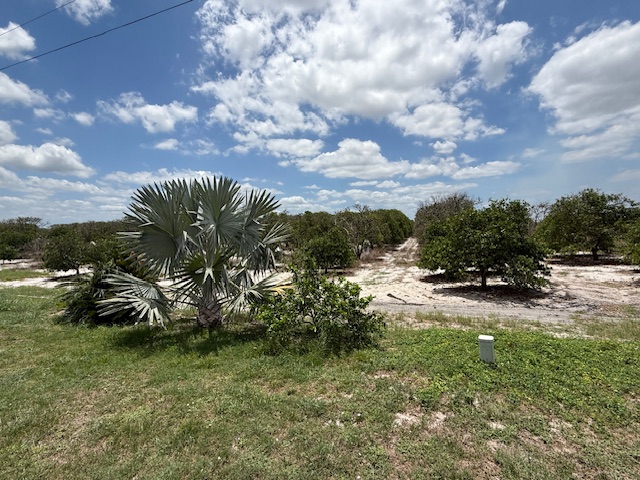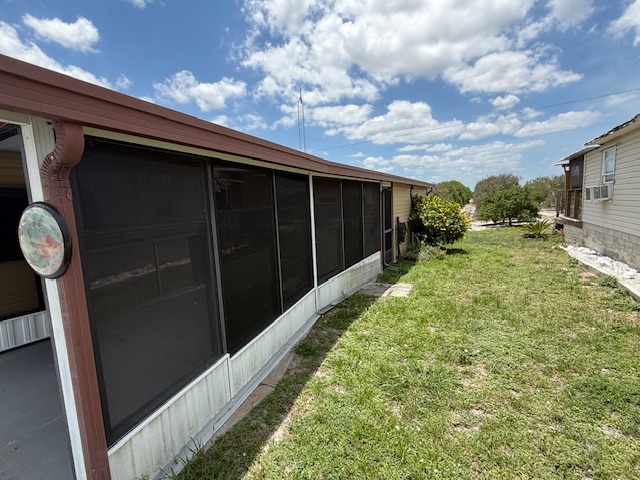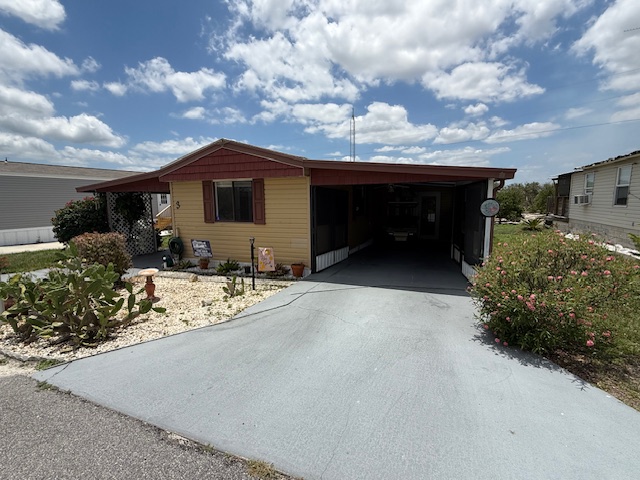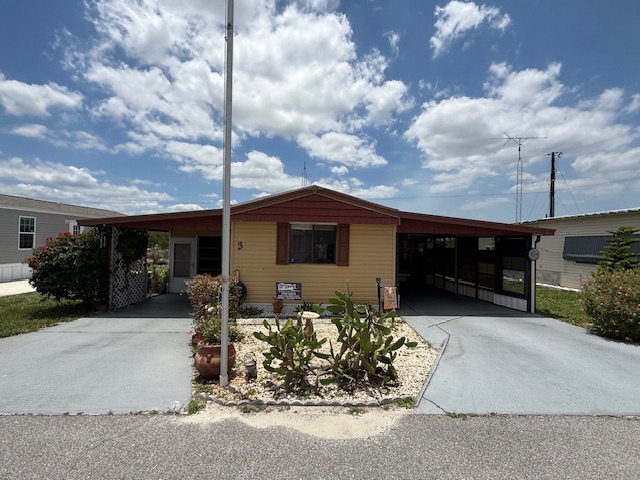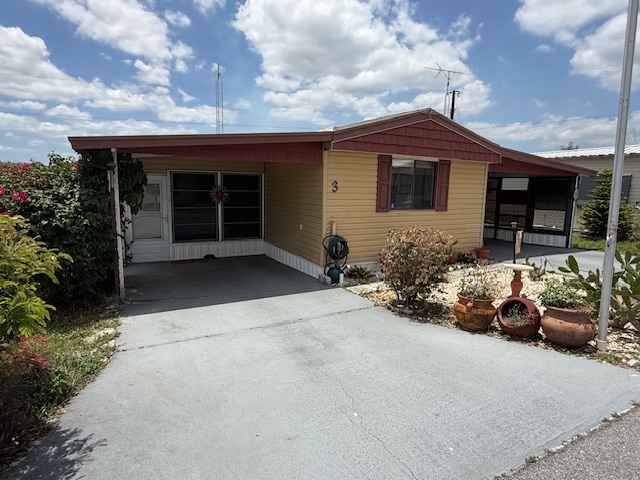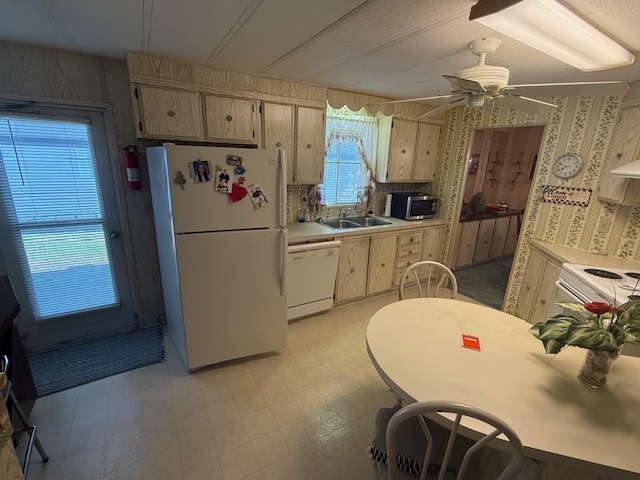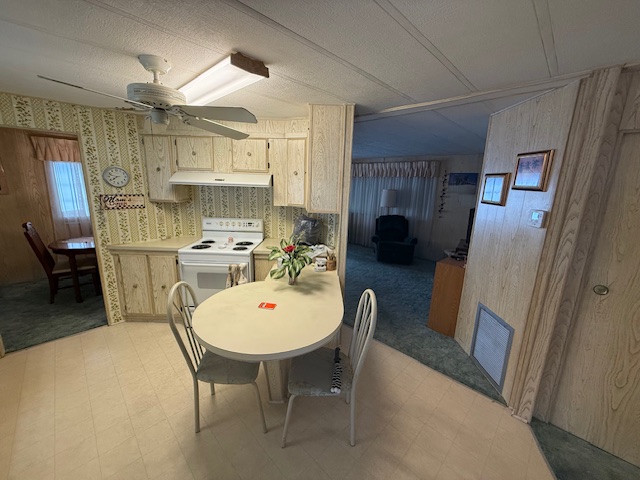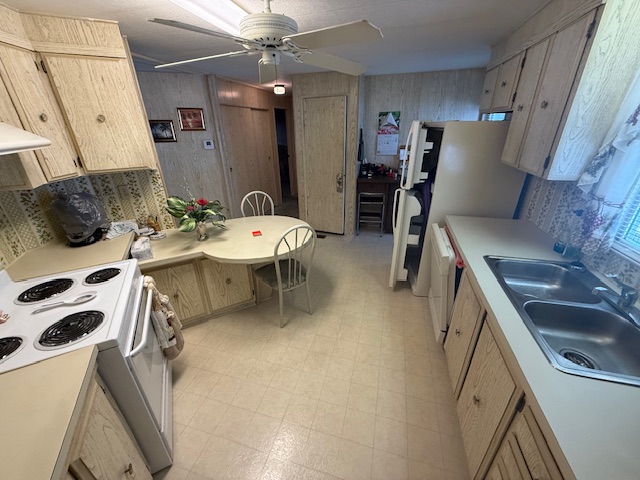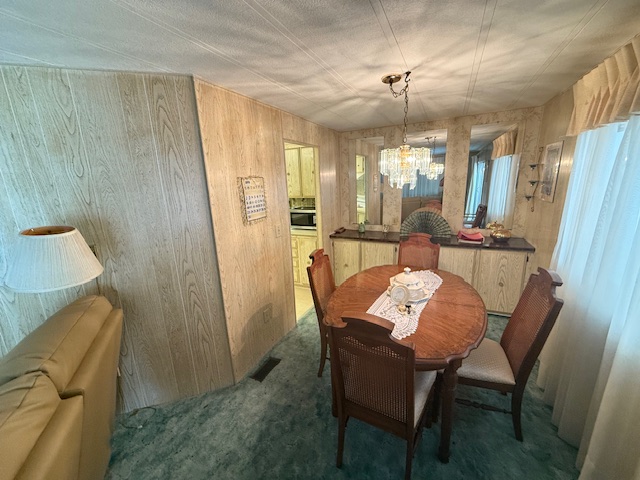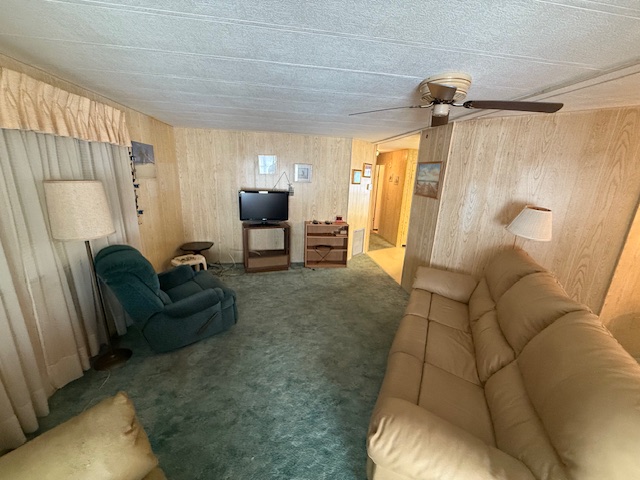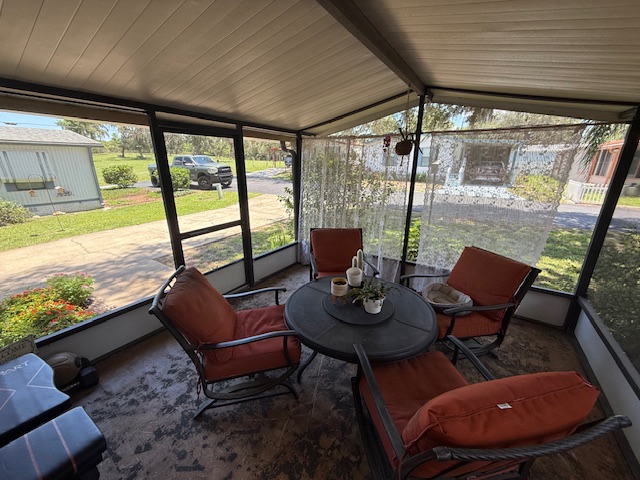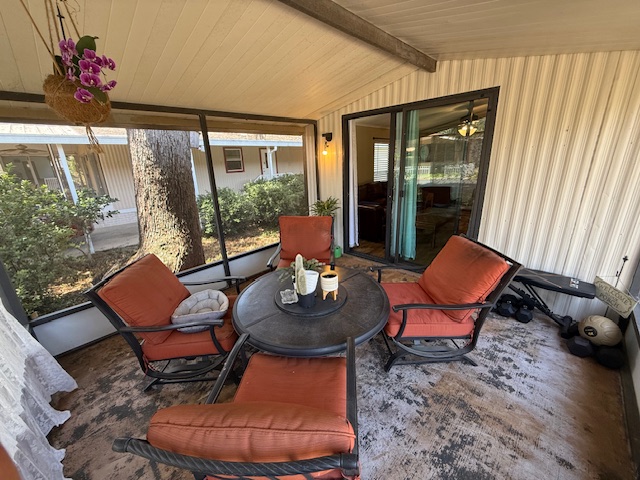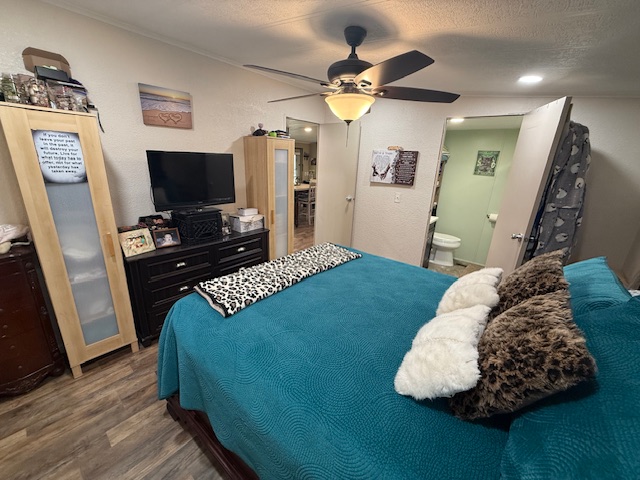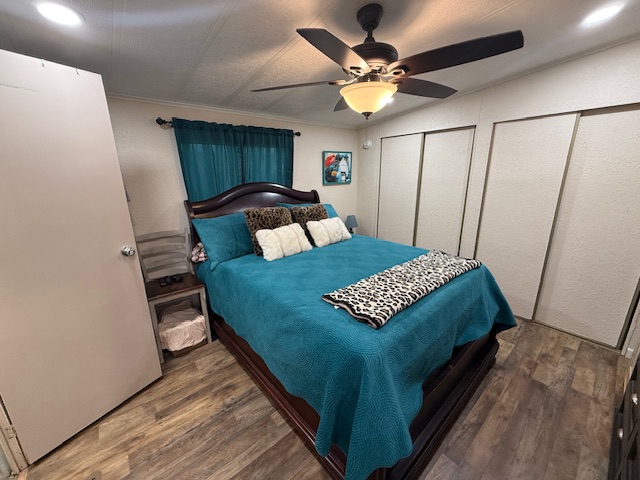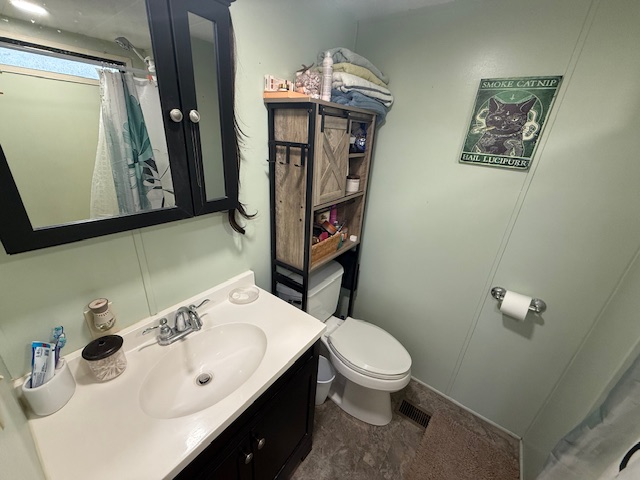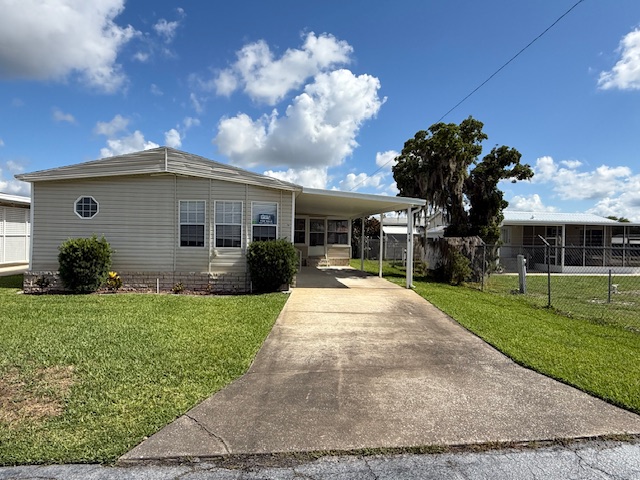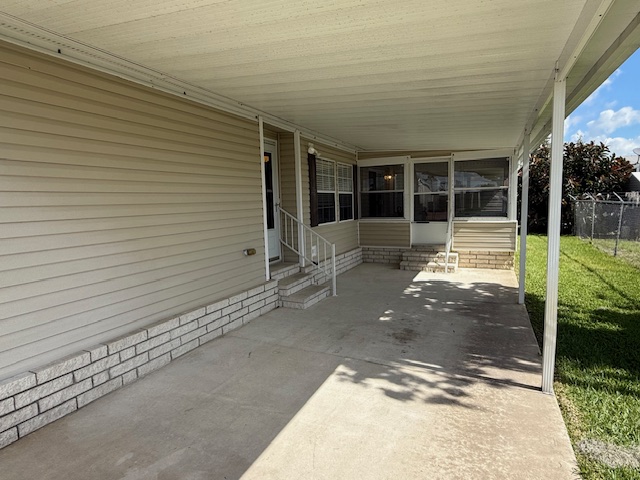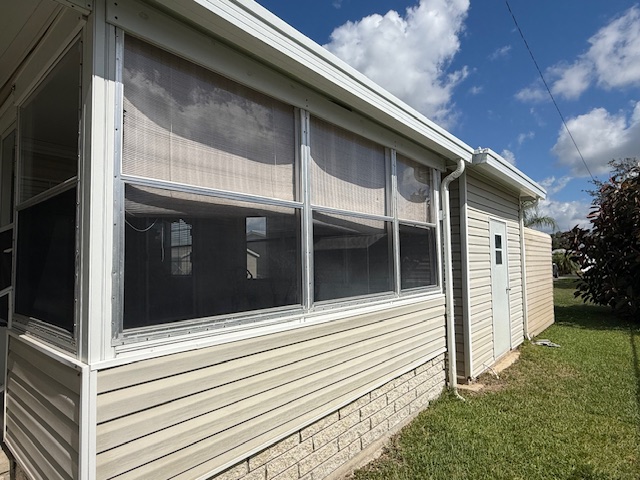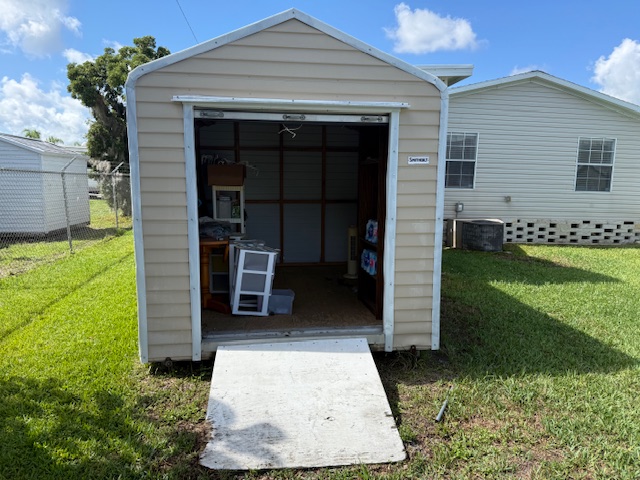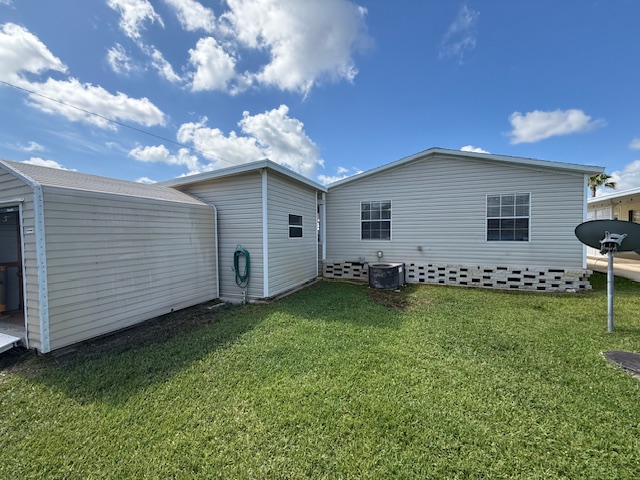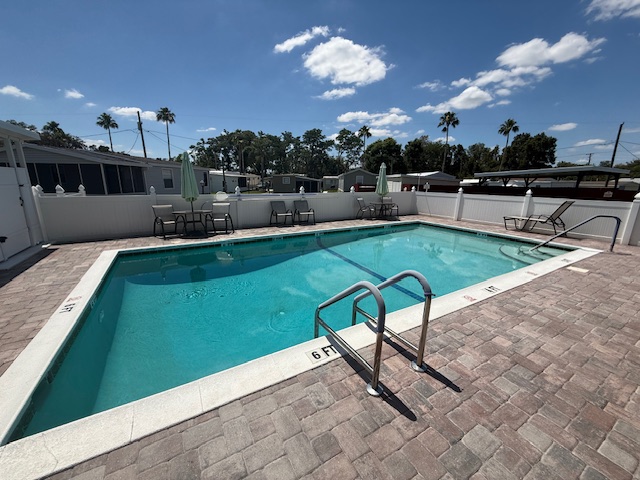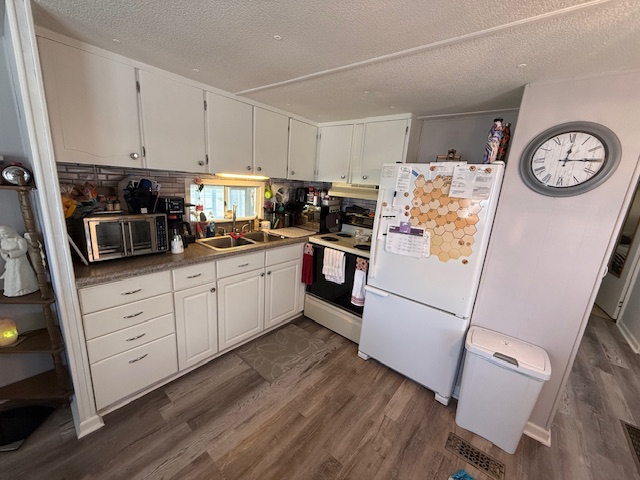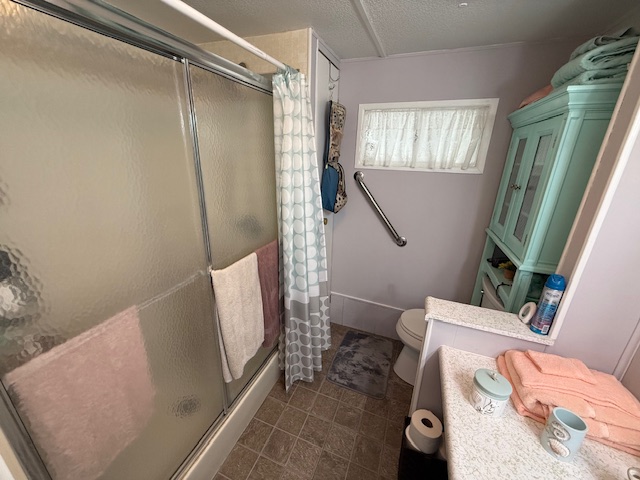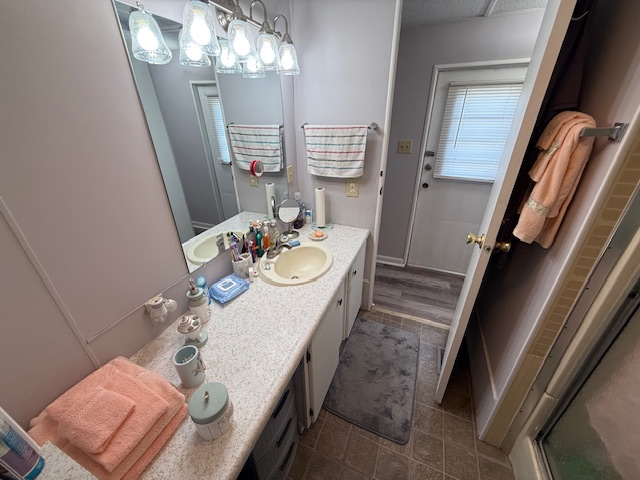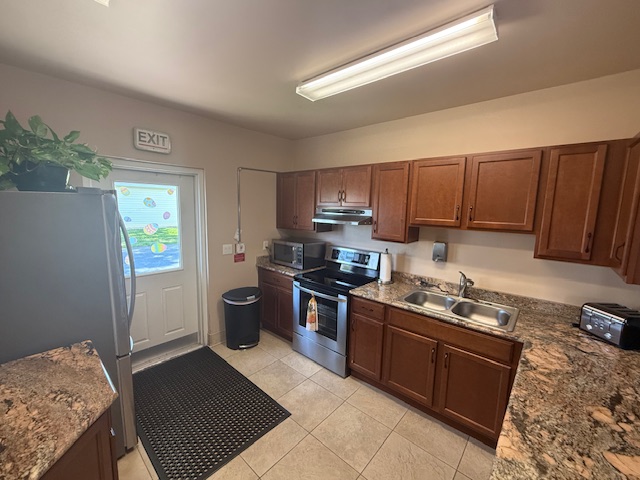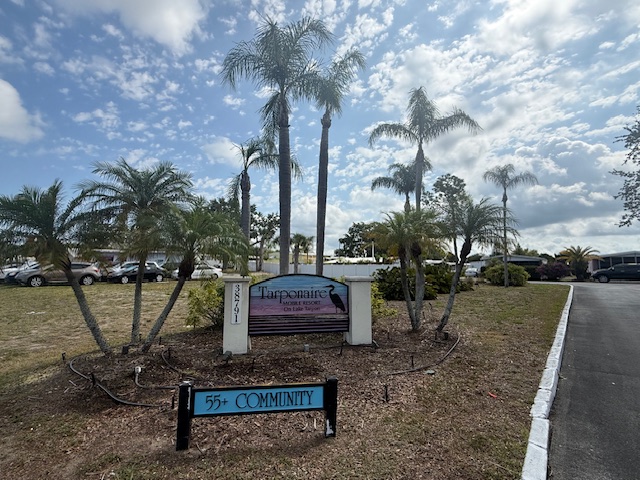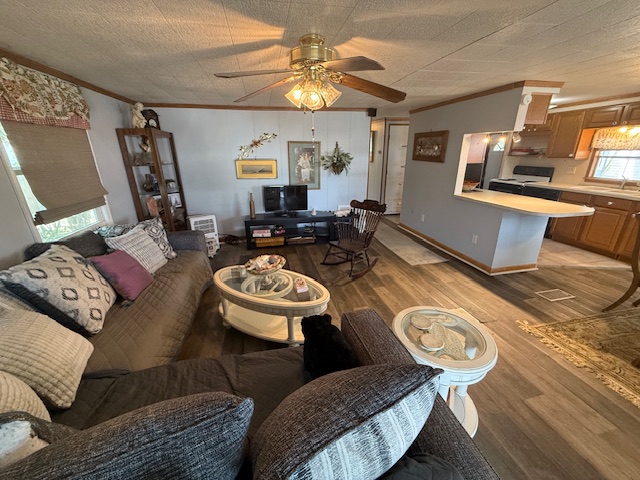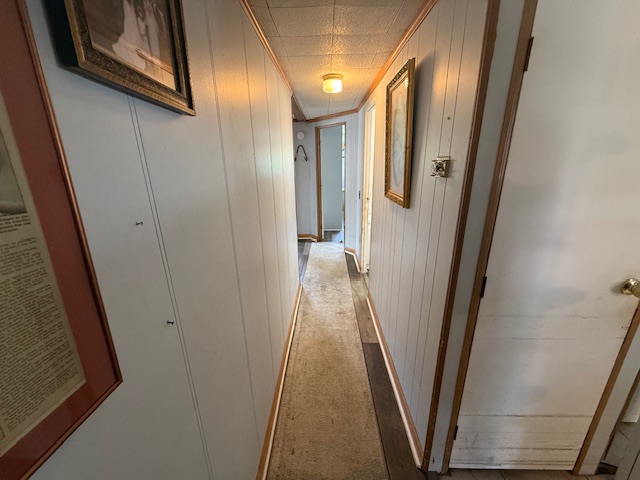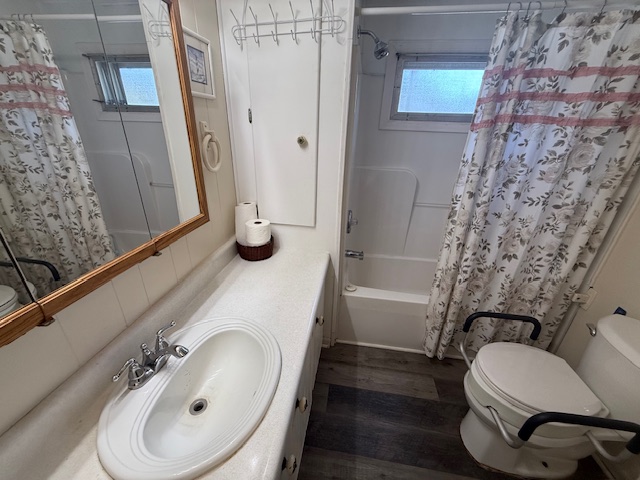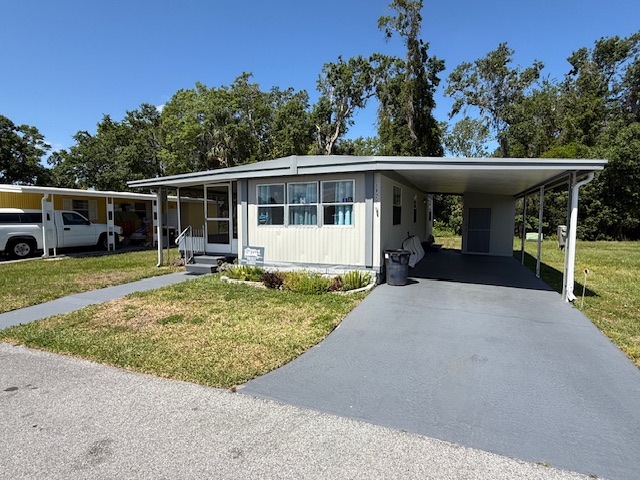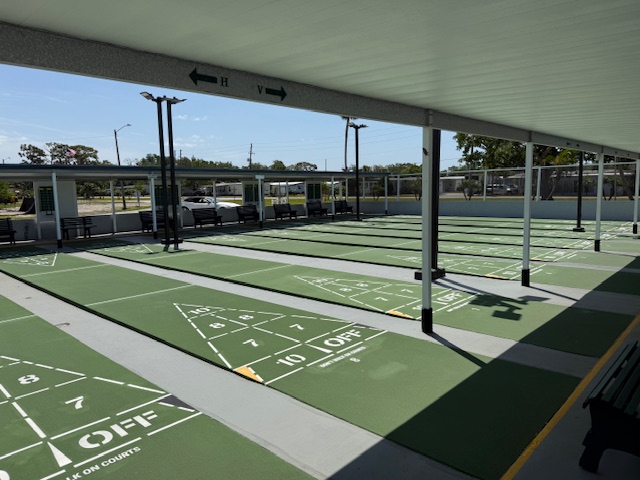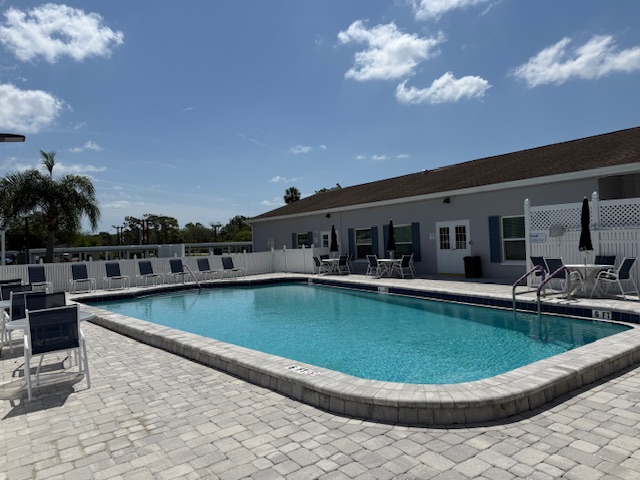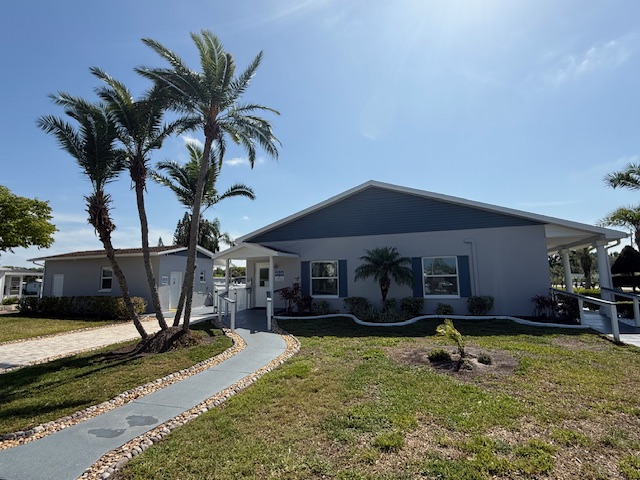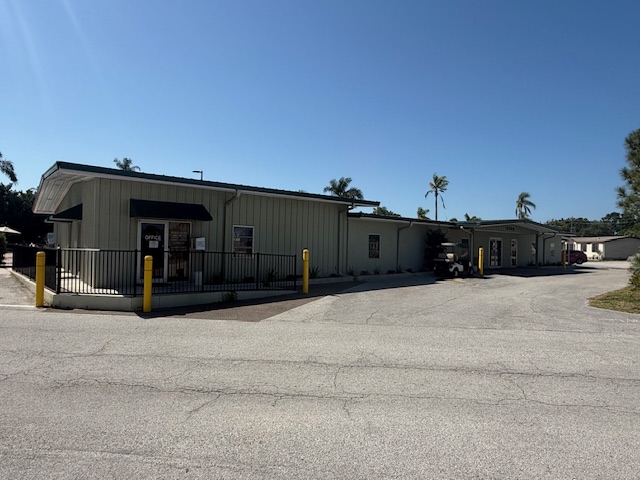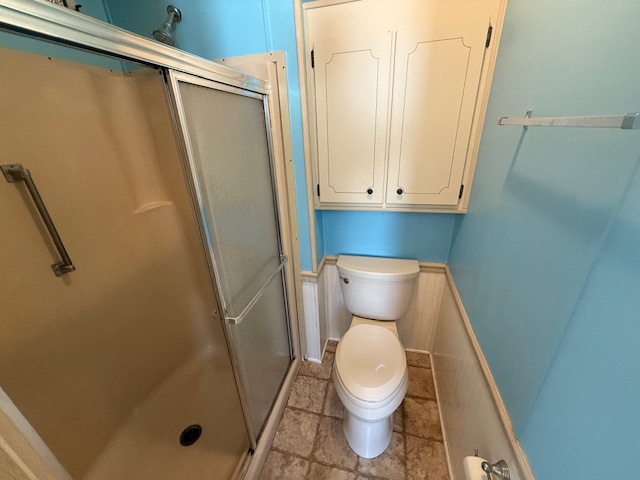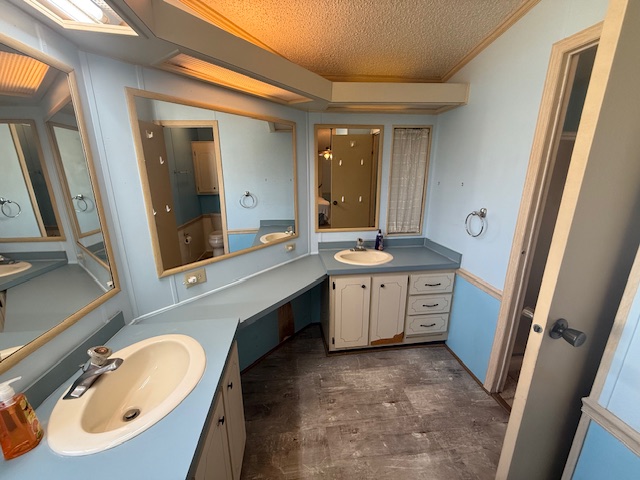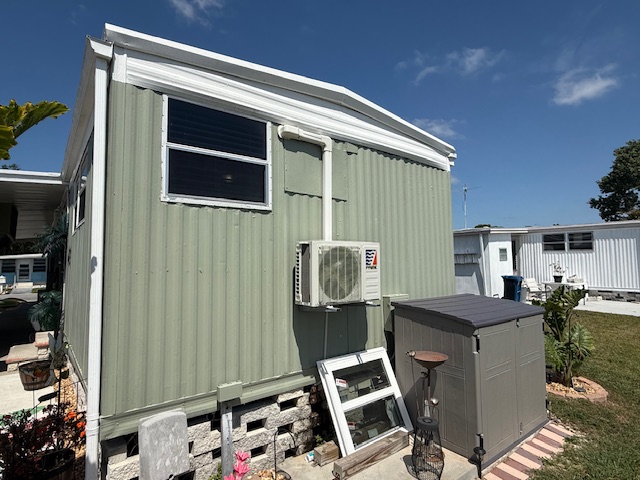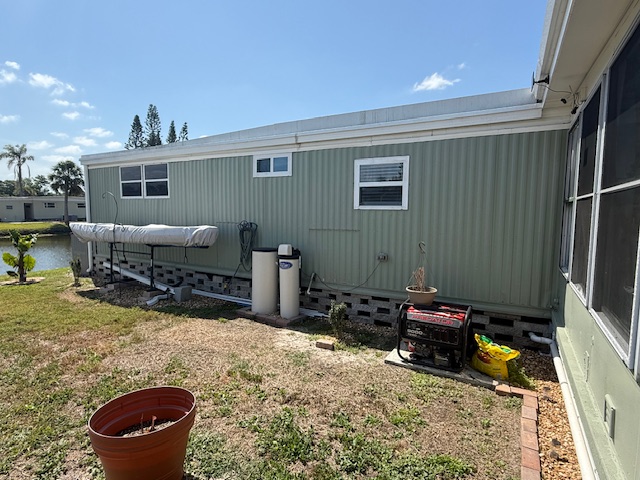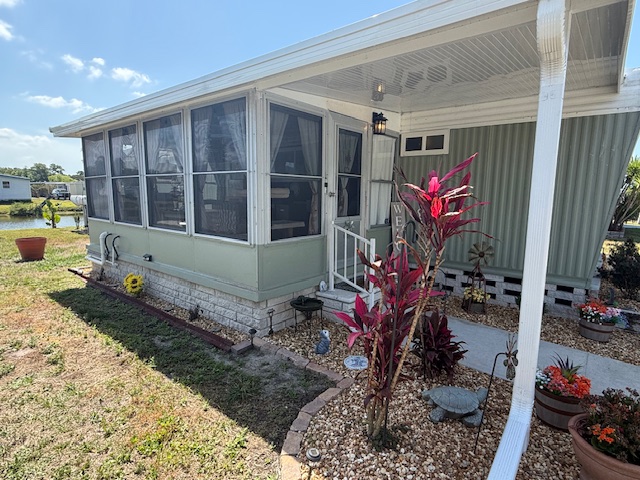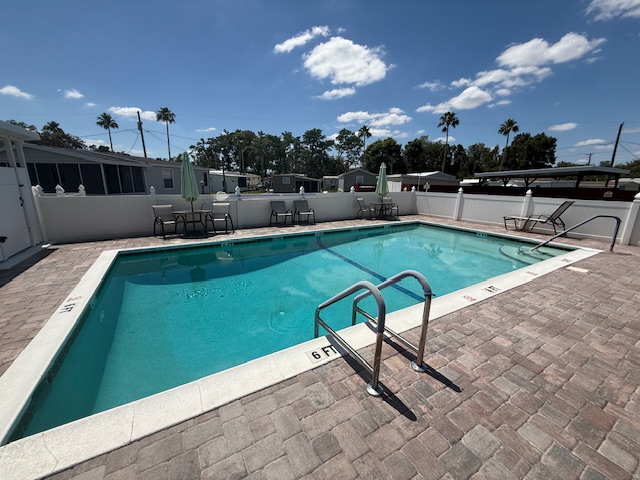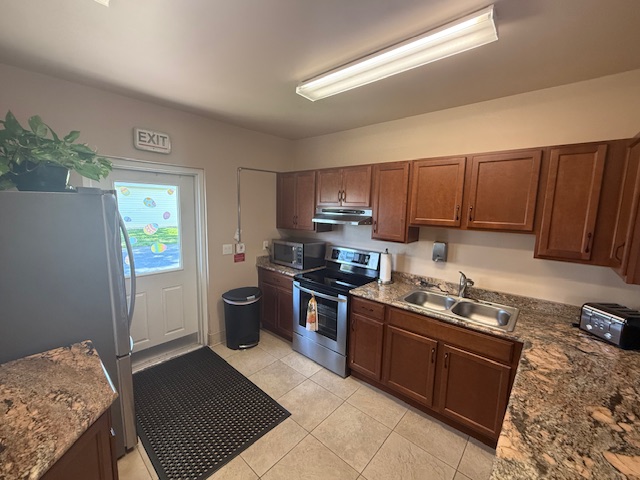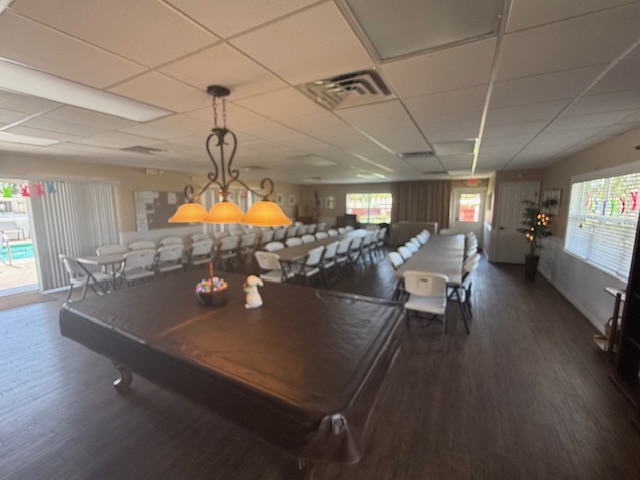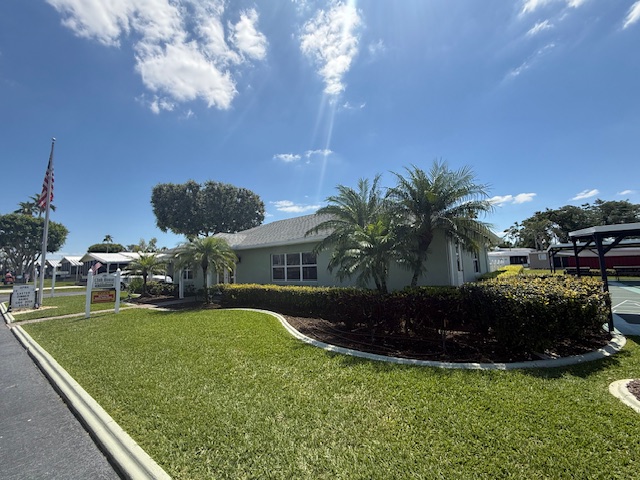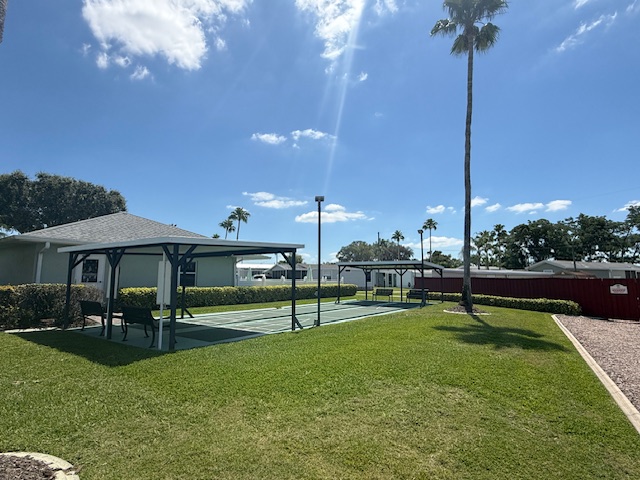Meet Our Clients
Hear What Our Customers Are Saying About The Mobile Home Dealer

Update: I shake my head at his defensive reply. Mark, consider another profession.
.
Thank you for all you did for making this transition easy. If I decided to buy another mobile home he’s the only one I would call.
Stephanie Connelly
WE CAN HELP YOU BUY AND SELL
MOBILE HOMES THROUGHOUT FLORIDA!
The Mobile Home Dealer LLC saves you time and frustration by selling your mobile home fast for more money and to guide you in buying the perfect mobile home with less confusion resulting in more time to do the things you want to do. We are proud to work all over the beautiful Sunshine State to help mobile home buyers & sellers with all of their mobile home needs! Learn how we do it…
JOIN OUR BUYER LIST
Our Current Mobile Home Listings
We Are One Of The Few Licensed, Bonded, And Insured Mobile Home Brokers Serving The State Of Florida!
Selling Process:
1. No Cost To You-Buyer pays all of our fees!
2. Minimal Showings-We leverage the latest technology so that we avoid pointless showings!
3. Closing-We transfer title out of your name into the Sellers name!
4. Park Approval-We work with all park managers making sure all Buyers are park approved BEFORE closing!
Need further reasons? Click Here!
Buying Process:
1. Affordable Properties-We do not price gauge, many of our listings are priced thousands of dollars under others in the area!
2. Closing-We get the home out of the Sellers name into your name and mail you everything-no time wasted at the DMV!
3. Park Approval-We work with you to make sure the park approval process is seamless and easy to follow!
4. Private Media-Need extra photos or video? We are happy to customize you a media package!
Need further reasons? Click Here!
Why The Mobile Home Dealer LLC?
Simple, if your home doesn’t sell you can’t move on to the next step of your life.
We get your home sold fast.
As licensed mobile home brokers, we are experts with the Buying and Selling of mobile homes on leased land.
This is the only product we sell and are experts in the field!
After having sold several million dollars worth of mobile homes throughout the state we understand the buying and selling process better than anyone in the area.
By leveraging our extensive online media knowledge, pre approved Buyer lists and understanding of the industry we are able to sell your mobile home quickly so that the entire experience is a trouble free one that you enjoy!
Take a look at some of our profiled cities in Sarasota, Bradenton, Palmetto, Sebring, Venice or Lake Placid to get a better idea of how we handle our listings and the media we produce for your property.
The entire state of Florida offers something for every price point, we can’t wait to show you all the area has to offer!
“I would highly recommend Mark and the firm.”
“I have been very satisfied with the handling of my mobile home sale by Mark Kaiser. He is very efficient and communicates timely and is very clear in doing so. The handling of my property was done well and the turnaround to sale date was excellent! I would highly recommend Mark and the firm”.
-John Paterson, Seller-
“We accepted an offer within 10 days of our listing!”
“We accepted an offer within 10 days of our listing! We would highly recommend Mark as you will receive the best service an agent can provide. We were extremely pleased with him!”
-Allie Wilson, Seller
We Can Help You With All of Your Mobile Home Needs!

Follow Our Three Step Process To Start Living Your Best Life, Now!
Do you need to sell your mobile home as quickly as possible?
We can help you list the property and get it sold fast.
We understand life can change and we are here to help you sell your mobile home as quickly as possible. As licensed mobile home specialists in the area, we are here to help you with all of your mobile home needs!
Reach out to us at any time to learn more about how we can help you!
Why Choose Us?
Why The Mobile Home Dealer is your trusted mobile home expert?
When you need to quickly sell your mobile home, we at The Mobile Home Dealer will provide you with what’s best for your immediate needs and circumstances. Having sold more than 200 homes in less than 3 years), we go the extra mile to deliver the value you are looking for. Our record certainly speaks for itself!
When you work with The Mobile Home Dealer, you receive the highest standard of mobile home brokerage services whether you are selling your mobile home or buying one. We are truly passionate about what we do and deliver a plethora of skills, knowledge, and proven experience to meet your needs and expectations. The Mobile Home Dealer is a team of dedicated mobile home sellers and buyers maximizing value and efficiency to make our clients happy!
Buy or Sell Your Mobile Home Remotely!
The Mobile Home Dealer utilizes most of the latest technology in marketing and promotion, virtual touring, video conferencing, and other tools that could make your life a lot easier when selling or buying a mobile home. We understand how valuable your time is so if you are out of the State of Florida and want to sell your mobile home, or buy one, we can take care of everything on your behalf without you spending time and money going down here!
OUR PROCESS IS EASIER THAN EVER!
Our “Hands Off” Approach Makes Buying Or Selling Your Florida Mobile Home A Breeze!
Imagine being able to sell your mobile home quickly and for a great price at NO COST to you!
Or imagine being able to find your perfect mobile home in Florida with the help of someone who specializes in mobile homes!
Working with our team will save you time and money whether you are selling or buying a mobile home throughout the state of Florida!
Give us a call to learn more about the services we offer! (941) 526-0302

Another Sarasota Florida Mobile Home Buyer!
A Little About The Mobile Home Dealer LLC
The Mobile Home Dealer was started on a single principle, to help mobile home Buyers and Sellers get to a better place in life.
Through our no nonsense approach to the mobile home industry we feel we give every Buyer and Seller exactly what they want through our transparency, honesty and hard work providing every client a great customer experience.
We, at The Mobile Home Dealer, believe we can be the light needed to get you to your destination.
Let’s Get Started!
We work with mobile home sellers throughout the Sarasota and surrounding areas to make the buying and selling process as easy and convenient as possible!
Contact Us
Or Give Us A Call Now At: (941) 526-0302
We work with mobile home sellers throughout the state of Florida to make the buying and selling process as easy and convenient as possible!


